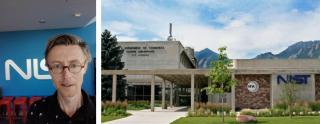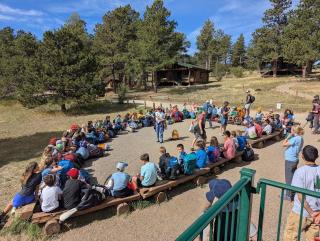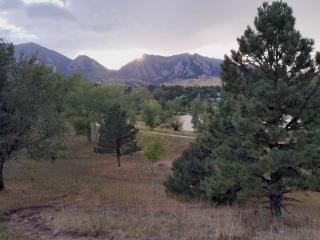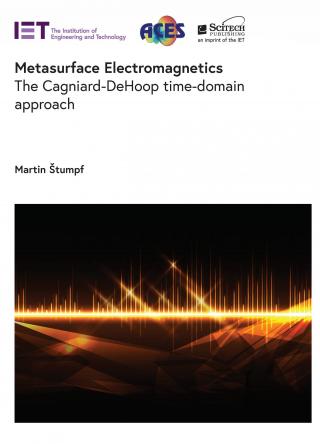Martin Štumpf works at NIST in the U.S. and combines research with an active life in Colorado
Martin Štumpf, an expert in mathematical modeling of electromagnetic wave phenomena from the Faculty of Electrical Engineering and Communication at Brno University of Technology (FEEC BUT), has received a Fulbright scholarship for the academic year 2025/2026. As one of four supported researchers from BUT, he will spend seven months at the National Institute of Standards and Technology (NIST) in Boulder, Colorado.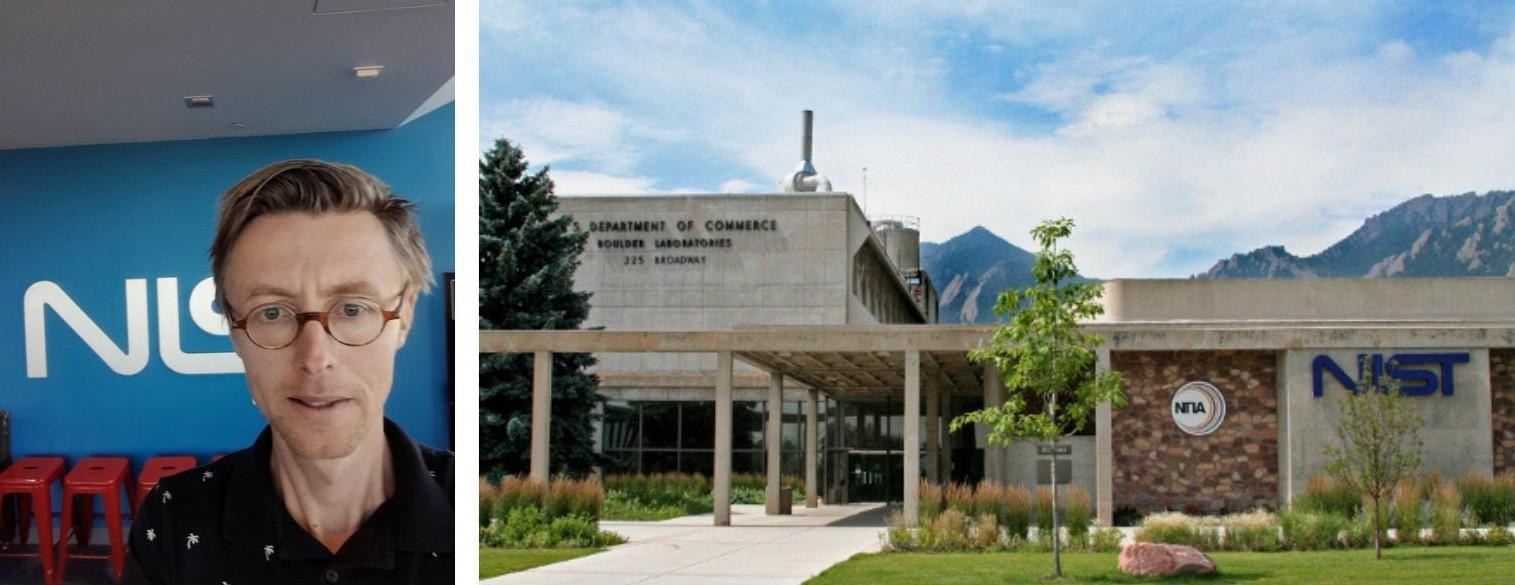
Martin Štumpf at the National Institute of Standards and Technology, Boulder (Colorado, USA). | Photo: M. Štumpf Archive
"My goal is to improve existing electromagnetic sensors. I am exploring how to use the analogy between modern electromagnetic field sensors based on Rydberg atoms and time-varying conventional sensors to increase their sensitivity," said Martin Štumpf, who works at the Department of Radio Electronics (UREL) at FEEC BUT. "The experience at NIST's federal laboratories is incredibly enriching for me. Shortly after my arrival, I became part of a team focused on applications and calibration of modern sensors based on Rydberg atoms. Researchers here work closely together and are able to translate their research results into practical applications very quickly."
Alongside his professional work, Martin is trying to get to know the environment where he now lives as much as possible. "I came to Boulder with my wife and two daughters. Our daughters attend Bear Creek Elementary School and fell in love with it immediately. The modern facilities and friendly approach of the teachers literally amazed us all. In our free time, we enjoy sports facilities that are fully accessible to the public, and we take trips to national parks. Boulder is located near the mountains, at an elevation of over 1,600 meters. Boulder residents live actively and have their lifestyle firmly connected to the mountains and pristine nature in the surrounding area. Encountering a bear is not unusual – it happens quite often even in the city itself," describes the young scientist's impressions of his new place of residence. Martin experienced the active approach to life in Colorado firsthand during the last weekend of September when he participated in the Boulderathon, a marathon held in the city of Boulder.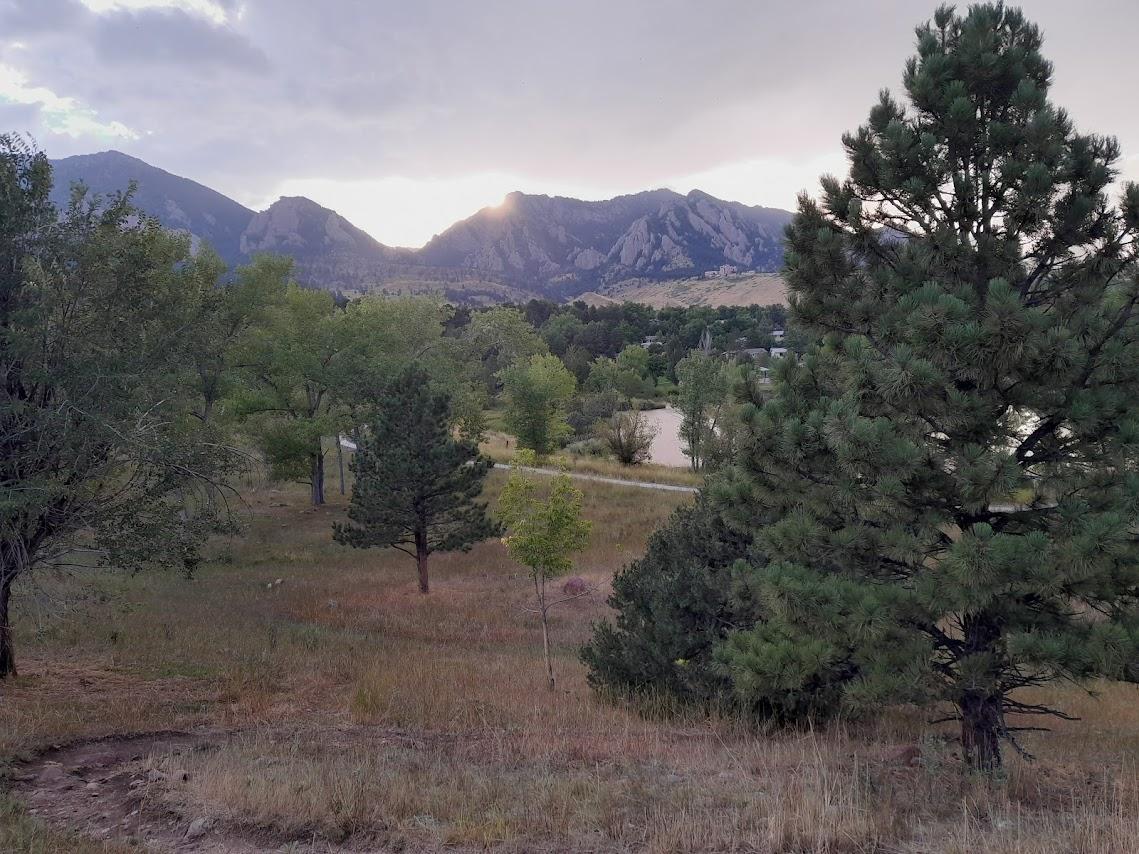
Sunset over the Flatirons near the new home of Martin Štumpf and his family in Boulder. | Photo: M. Štumpf Archive
Martin Štumpf's work at NIST also builds on long-term research he pursued in Brno. Recently, he has been studying the interaction of electromagnetic pulses with very thin layers of materials and searching for new ways to describe these spatiotemporal electromagnetic phenomena using mathematical methods. He dedicated himself to this topic in the project Interaction of Pulsed Electromagnetic Fields with Thin-Layer Structures, for which he was nominated in 2024 for the Award of the Chairman of the Czech Science Foundation (Grantová agentura ČR). He then summarized the main research results in the book Metasurface Electromagnetics – The Cagniard-DeHoop time-domain approach. 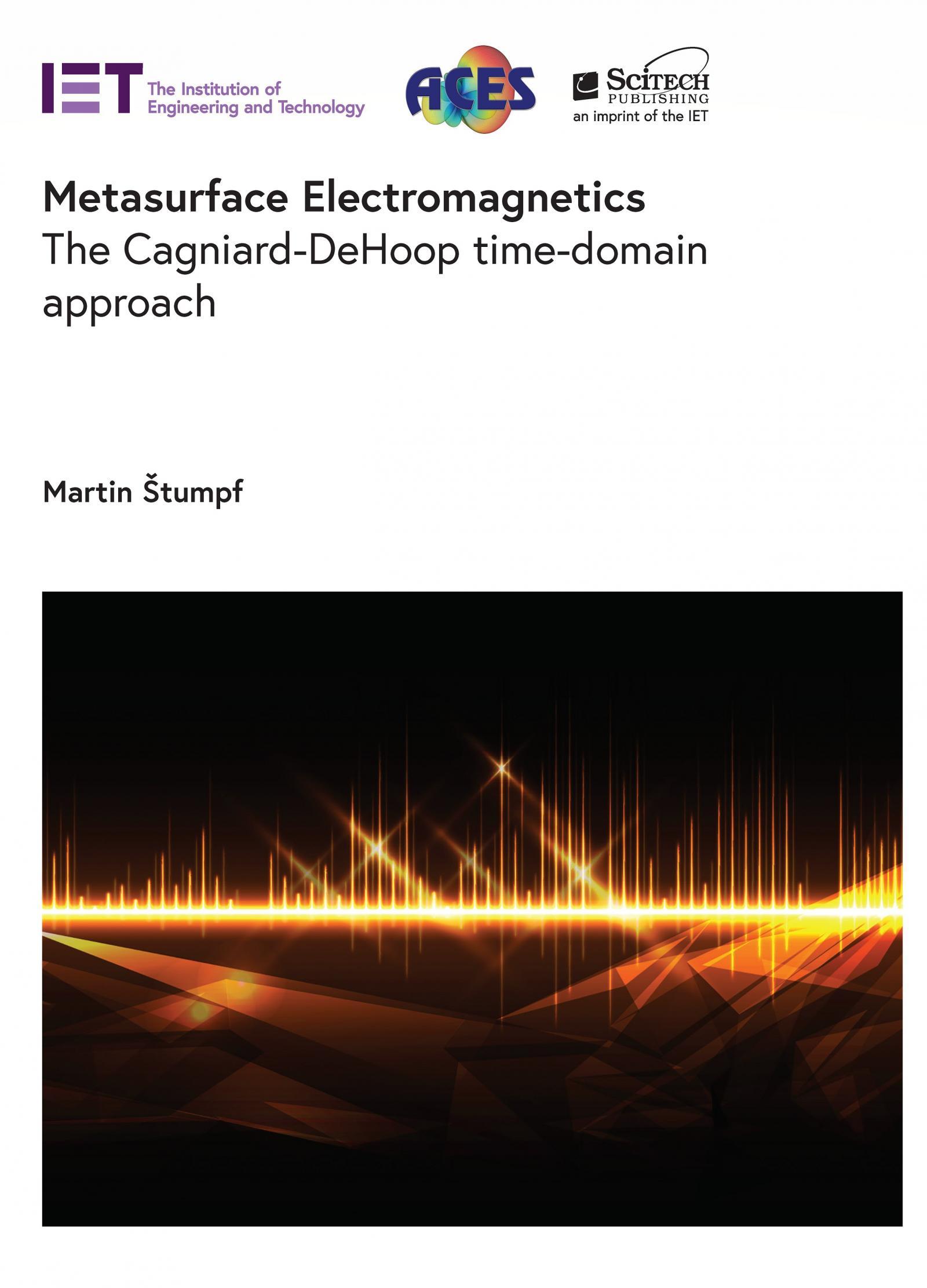
The models that Martin and his team developed within the Czech Science Foundation project are being further applied in practice. For example, PhD student Tomáš Doležal came up with a completely new method of detecting and localizing metal objects hidden underground using an analytical description of electromagnetic pulse transmission between two antennas. This represents an elegant connection of theory with real-world application – for instance, in searching for unexploded ordnance or archaeological finds.
After his seven-month stay at NIST, Martin Štumpf will return to Brno in spring 2026 with valuable experience from international collaboration, which he plans to use in further research at FEEC BUT.
Author: Zdeňka Koubová
| Responsible person | Ing. Zdeňka Koubová |
|---|---|
| Date of publication |
